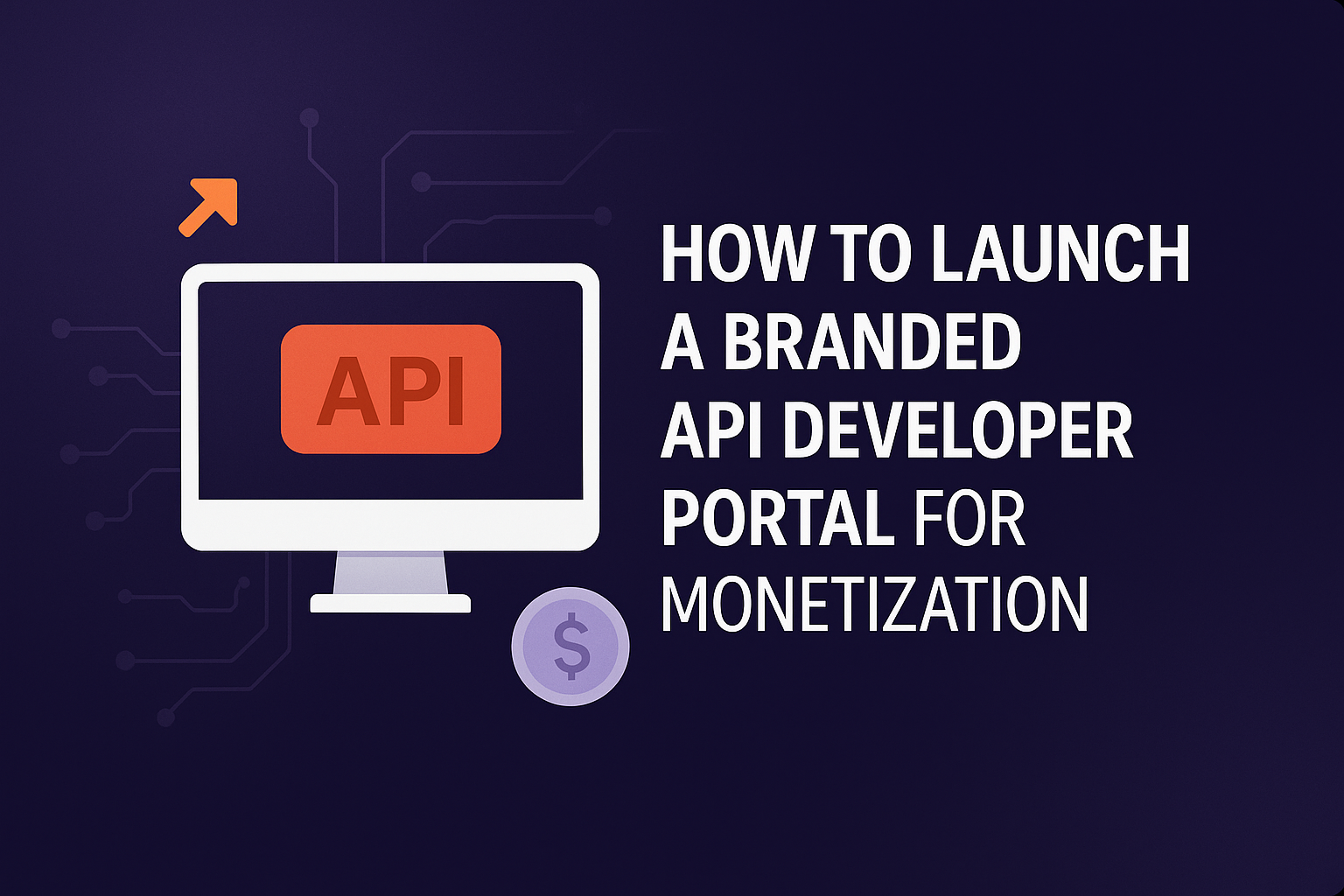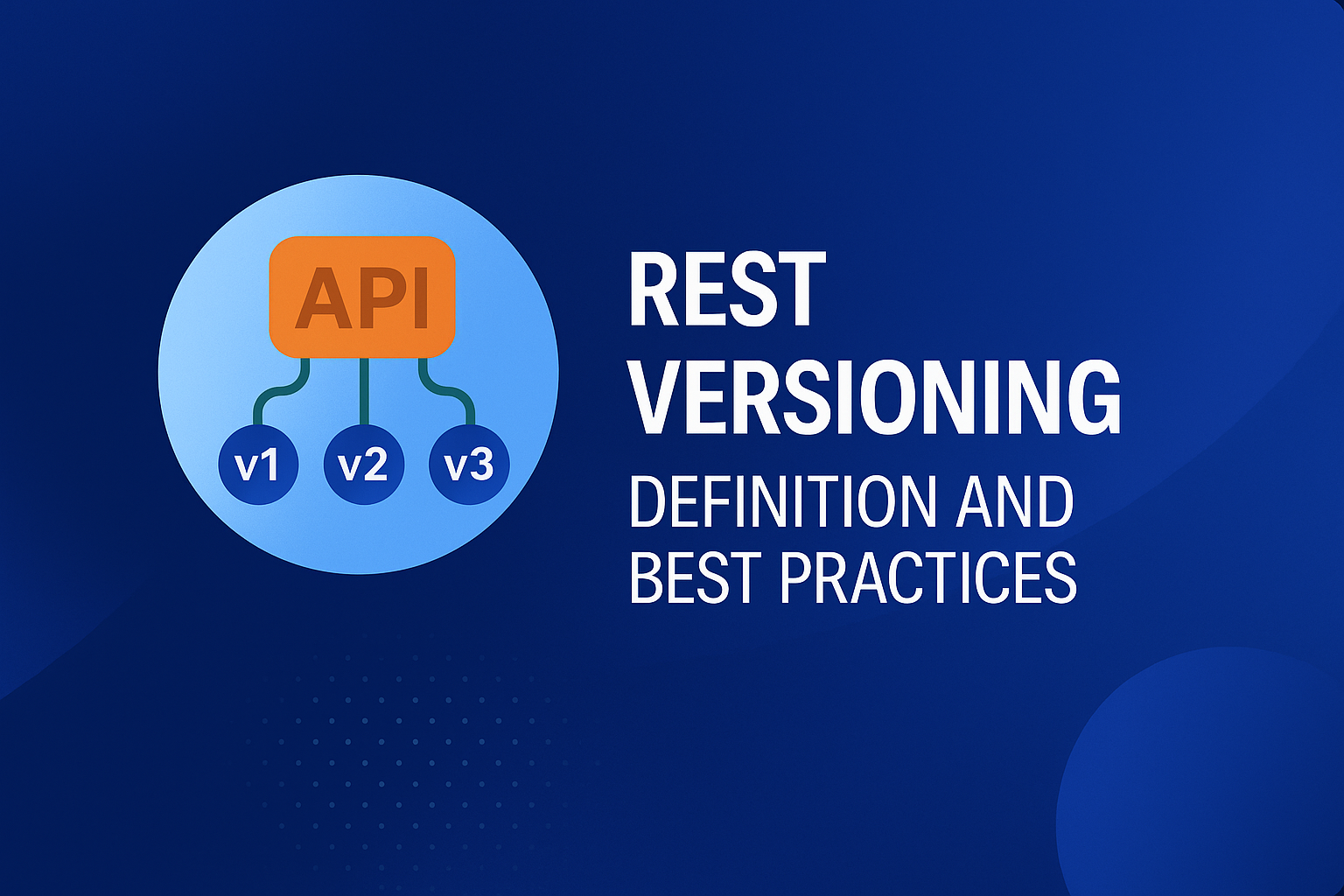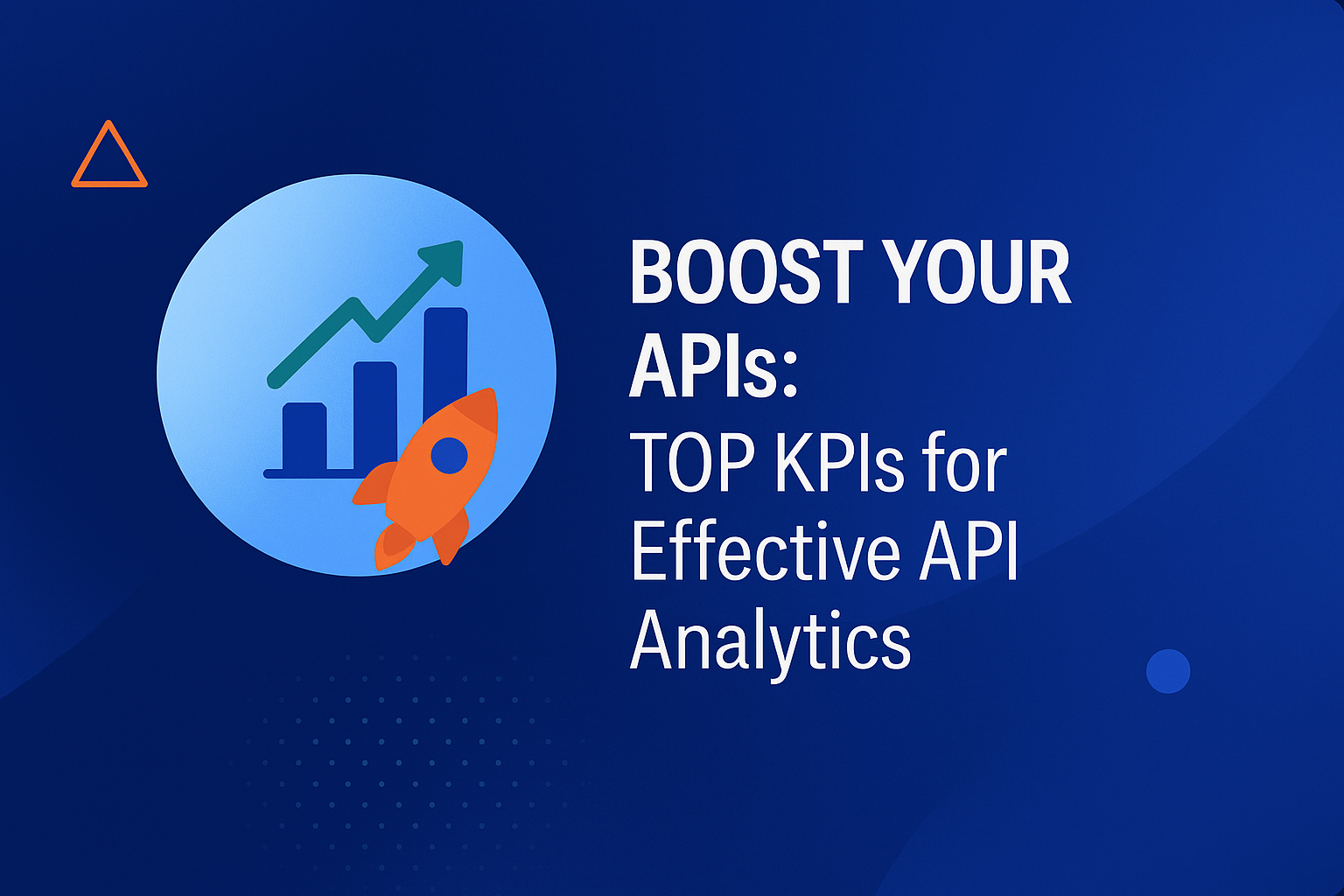
Ever wondered why your APIs aren’t delivering the business impact you hoped for? Imagine this: You’ve built powerful event-driven systems, your APIs work flawlessly, data flows seamlessly, and developers love them. Yet, they sit quietly in the background, generating little to no direct revenue.
That’s the hidden problem: most teams treat event APIs as technical assets, not as marketable products. And that oversight costs you. Without a clear value proposition, lifecycle, or adoption strategy, your APIs remain under utilized, missing out on partnerships, upsells, and entirely new revenue streams.
The good news? You can fix this. By treating event APIs like standalone products with real users, measurable value, and a roadmap, you can transform them into growth engines.
In this blog, we’ll explore exactly how to do that and unlock the hidden revenue potential in your Event APIs.
What is event API productization?
Basically, event API productization is the practice of treating real-time data streams as standalone commercial products. This involves managing them with a dedicated product lifecycle, clear value proposition, and a focus on developer experience to drive adoption and monetize real-time data access for internal or external consumers.
In practice, productizing event APIs can generate various benefits, such as:
- Unlocking new revenue streams: They can monetize access to valuable, real-time data feeds.
- Enhanced ecosystem and innovation: Event APIs can enable partners and developers to build integrated applications for a vibrant ecosystem.
- Improved agility: They can provide standardized, self-service access to real-time data, which accelerates development for internal teams and external users.
You can integrate DigitalAPI into your event API productization journey to simplify multi-gateway API management, deployment, authentication, monitoring, and monetization. Its unified platform streamlines governance, analytics, and scalability, ensuring secure, high-performing event APIs from launch to growth.
Steps to productize event APIs
Productizing event APIs involves transforming them from internal tools into market-ready digital products. The process includes defining a business-driven strategy, designing and developing secure, consistent APIs, and thoroughly testing before release.
Once deployed, effective documentation, marketing, and continuous management ensure adoption and long-term success. Here are the steps for event API productization.
1. Strategy and planning
Before you write a single line of code, you must establish the “why” behind your event APIs. This phase shifts the perspective from an internal utility to an external product.
Here is how to develop a well-defined strategy for your event API productization.
- Define business goals: Start by identifying what you want to achieve with your event APIs. Do you want to enable third-party integrations, generate new revenue streams, or improve developer engagement?.
- Identify your target audience: Determine who will use your event APIs, whether it’s internal teams, external developers, or enterprise customers, and understand their workflows and pain points.
- Develop a business case: Quantify your API’s potential. Estimate demand, forecast possible revenue, and evaluate cost savings or efficiency gains.
2. Design and development
Once you have a solid strategy in place, focus on designing and building an API that’s technically robust, intuitive, and scalable. For event APIs, this phase has unique considerations compared to traditional RESTful APIs.
Here is what this step entails:
- Design the API: Use event-driven architecture principles to ensure the API can handle asynchronous communication efficiently. Define events clearly, including what triggers them, their data schemas, and expected responses.
- Develop the API: Use modern frameworks and tools that support event-driven development. Implement best practices like modular coding, robust error handling, and logging. Begin with a minimum viable API that supports essential event types, then iterate based on early feedback.
- Create API keys and usage plans: Access management is critical here. Generate API keys for authentication, and define usage plans that balance access with performance.
3. Release and deployment
After development, shift your focus to ensuring a smooth release that prioritizes usability, reliability, and support. Here is how to release and deploy event APIs the right way:
- Test the API: Before going live, conduct end-to-end API testing across different environments. Validate event delivery accuracy, latency, and throughput under load.
- Create comprehensive documentation: Great documentation can enhance API adoption. Provide detailed onboarding guides, API references, event payload samples, SDKs, and interactive tutorials.
- Deploy the API: Deploy through a reliable infrastructure and make it accessible via an API gateway or developer portal. Platforms like DigitalAPI can help manage deployment, authentication, and analytics. If possible, launch with a soft release to collect feedback before full public access.
- Establish support channels: Offer multiple support layers, including documentation, community forums, and direct support for enterprise customers. From there, set up a ticketing system for issue tracking and a dedicated developer relations team to nurture the user community.
4. Growth and management
Once your APIs are live, ensure continuous management to keep them valuable, scalable, and relevant over time. Here is how to go about this step:
- Market with a developer-centric approach: Promote your APIs where your developers are. This includes writing technical blog posts, creating tutorials on YouTube, engaging in relevant online communities, and sponsoring hackathons.
- Monitor with business-aware dashboards: Your monitoring dashboards should answer both technical and business questions. Track technical SLAs such as latency, error rate, and uptime, alongside business KPIs such as active applications, top consumers, and usage per plan.
- Manage versions with a clear deprecation policy: Changes are inevitable. Have a strict, communicated policy for API versioning. For instance, when you release v2, announce the deprecation timeline for v1 well in advance. Provide migration guides and tools as well.
- Govern and maintain: Productized APIs require long-term oversight. Regularly review governance policies, security updates, and compliance requirements. Plan for the API’s eventual retirement by outlining migration paths or successor APIs.
But productizing event APIs comes with a lot of challenges. Below, we’ll explore a few of them.
Challenges in traditional event API productization
Traditional event API productization faces several key challenges, including poor data standardization, inconsistent event schemas, scalability limitations, lack of proper monitoring, and weak developer adoption. Without the right strategy and management tools, APIs often struggle to deliver consistent real-time experiences, which can slow down innovation and integration across digital ecosystems.
Here are the challenges you’ll face with traditional event API productization:
1. Lack of standardized event schemas
One of the biggest challenges in event API productization is inconsistent event structure. When teams define events differently, data becomes fragmented, making integration across systems painful. This inconsistency can delay development and reduce trust in event data.
Here’s how to avoid this challenge:
- Define standard event formats early and enforce them across all services.
- Use schema validation tools to ensure every event follows the same format.
- Maintain a shared, living documentation for event types to improve team alignment.
2. Scalability and performance bottlenecks
As events grow in volume, traditional setups often struggle to scale efficiently. Without elastic infrastructure or proper message handling, latency increases and reliability drops, especially during high-traffic events like product launches or data syncs.
Here is how to overcome this challenge:
- Integrate scalable solutions like Kafka or Pulsar to handle high throughput.
- Configure auto-scaling for your API gateway and event brokers.
- Use analytics to predict and prepare for traffic surges.
3. Inefficient API governance and security gaps
Many traditional API setups lack structured governance, which makes it hard to control access, track usage, or detect threats in real time. Without proper management, security risks multiply and performance suffers.
Here is how to navigate around this hurdle:
- Use API management platforms: Use solutions like DigitalAPI’s multi-gateway API management platform to simplify governance by enabling unified policy control, authentication, and monitoring.
- Centralize access control: Apply consistent authentication and authorization across gateways.
- Enable observability: Track usage metrics and anomalies to identify potential misuse early.
4. Poor developer experience
Even the best event APIs fail if developers find them hard to use. Complex documentation, missing SDKs, or unclear onboarding processes reduce adoption and slow down time-to-market.
Here are tips to overcome this challenge:
- Use clear examples, tutorials, and quick-start guides.
- Let developers test integrations safely before going live.
- Improve the developer experience through active engagement.
How to monetize event APIs
To monetize event APIs effectively, start by identifying your most valuable APIs and the audience that benefits most from them. Choose an API monetization model that aligns with your business goals. Next, set up infrastructure for tracking usage, managing billing, and enforcing access controls. Finally, define clear price points, analyze user behavior, and refine your strategy based on performance and feedback.
Here are the detailed steps to monetize your event APIs:
1. Identify your high-value APIs
Begin by pinpointing APIs that deliver unique value or are most frequently used. Study analytics to discover which endpoints drive the most engagement or solve pressing problems for developers and businesses.
Then, define what makes your API worth paying for and identify your target audience. Understand their pain points and usage patterns to tailor your pricing and features to their needs.
2. Choose a monetization model
Select a pricing strategy that fits your customers’ expectations. Choose from the following pricing models:
- Freemium: Attract users with limited free access, then upsell advanced features or higher usage limits.
- Subscription: Offer tiered plans with varied access levels.
- Pay-as-you-go: Charge based on actual consumption, appealing to flexible or smaller-scale users.
- Revenue sharing or hybrid: Partner with developers or combine models for scalability and growth.
3. Build robust infrastructure
To scale smoothly, you’ll need infrastructure that tracks usage, manages access, and automates billing. A multi-gateway API management platform like DigitalAPI can simplify this. It provides real-time usage analytics, automated billing, rate limiting, and multi-gateway support to manage APIs across regions or partners. Its unified dashboard helps you monitor performance, enforce security policies, and ensure uptime.
4. Set prices and optimize your strategy
Price your APIs based on the value they provide, not just usage volume. Monitor analytics to see which plans users prefer and where churn occurs. Gather feedback continuously to adjust your pricing tiers, add new features, or simplify onboarding. Ensure you treat monetization as an evolving process; testing and refining it over time ensures sustainable revenue and stronger developer engagement.
Best practices for productizing event APIs successfully
Turning your event APIs into a true product is more than just about building endpoints. It involves designing an experience that delivers value to both developers and the business. Productizing event APIs means treating them like a product with a defined purpose, lifecycle, and customer base. Here are the key best practices to make that happen effectively.
1. Define a clear purpose and value
Your event API should solve a real problem or add tangible value to your ecosystem. Define how it supports your broader business goals—whether that’s enabling real-time analytics, improving customer experiences, or unlocking new integrations.
2. Prioritize developer experience
A great productized API should be a pleasure to use. Besides, developers should instantly know what to expect from event naming conventions, payload schemas, and error responses. Keep your event API structure intuitive, consistent, and well-documented.
3. Strengthen security from the star
Security should not be an afterthought but part of your API’s foundation. Use modern authentication methods like OAuth 2.0 and apply granular access controls to regulate what each user or application can access. Encrypt everything in transit and at rest, and implement rate limiting to protect your API from misuse or traffic spikes.
4. Implement versioning and lifecycle management
Just like any other product, your event APIs will evolve over time. Introduce clear versioning strategies to manage updates without breaking existing integrations. Communicate deprecations early, maintain backward compatibility when possible, and provide migration guides to make transitions seamless for developers.
5. Monitor usage and gather feedback continuously
Treat your event API users like customers by listening to their feedback, tracking how they use your APIs, and identifying pain points or underutilized features. Use analytics tools to measure adoption, latency, and error rates, then use these insights to guide product improvements and roadmap decisions.
6. Enable robust observability and transparency
Visibility into API performance is crucial for both your team and your users. Offer detailed event logs, delivery confirmations, and health metrics to help developers troubleshoot issues faster. Internally, integrate observability tools that provide real-time insights into event flows, failures, and bottlenecks across your ecosystem.
Turn your event APIs into growth Engines
Event APIs are no longer just technical assets. They’re your next big product opportunity if developed and deployed with a well-defined strategy. By treating them as strategic assets rather than background services, you unlock recurring revenue, expand partner ecosystems, and drive continuous innovation.
But here is the thing: The journey from code to commerce requires a robust platform to manage, scale, and secure your API products efficiently. DigitalAPI provides the unified control and real-time analytics you need to productize with confidence and turn your event-driven architecture into a proven growth engine.
Ready to turn your event APIs into revenue-generating products? Book a Demo Today to see how the platform can help you.
You’ve spent years battling your API problem. Give us 60 minutes to show you the solution.
.svg)







